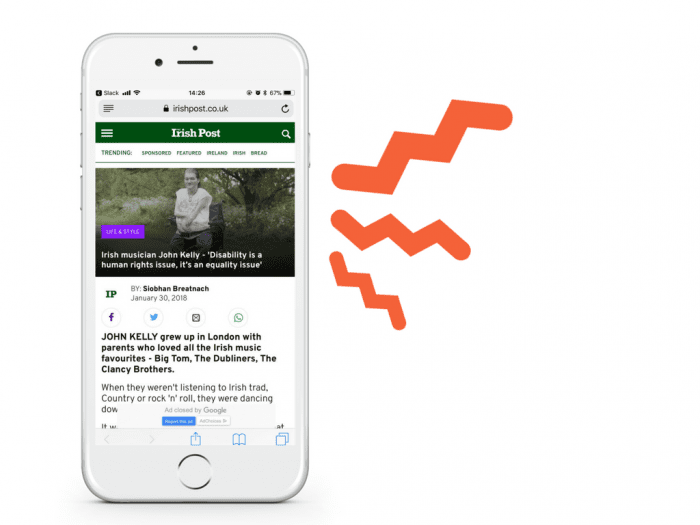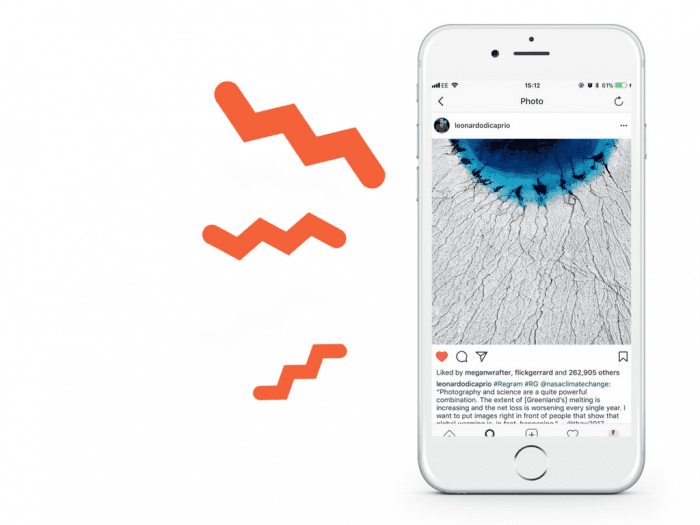Digital PR is here to stay folks, but how do you make it a success?
Digital PR is one of those new-fangled buzzwords that everyone is talking about at the minute. But, like influencer marketing, a lot of people aren’t too sure what it is, or how to make a success of it.
But digital PR is here to stay folks. As more and more businesses try and maximize on the overlap between SEO and PR. But what makes digital PR different from regular PR? And how can you make a success of it?
Essentially, Digital PR is the art of placing a press article, whilst also earning a link back from the publication to your site. This is obviously different from traditional PR, where you’re looking to maximize brand awareness and place the brand front and centre of an audience’s mind.
Your KPIs will differ for digital PR too. With traditional press, you focus more on the reach of a piece, or unique monthly views (UMVs). However, with digital PR, we find that a lot of clients use the number of links built as their core metric for performance.
I’m not going to patronize you by telling you about the value of a link. There are thousands of articles about links out there, such as the SEMRush Ranking Factors Study for 2018 that has proven why they’re still incredibly powerful – despite what people say.
But how do you make your press articles stick and ensure that you get a link back? Sure, it’s easy if you’re a household name that people are interested in, but what about for smaller clients and brands? What then?
The key is to start small
Big name publishers have people approach them all the time. I dread to think how jam-packed the inboxes of journalists that work there must be. They’ll get approached all the time for pitches, so it can be next to impossible to stand out – unless you have connections there already.
So, what do you do to stand out? Simple. Think smaller.
There’s more than a handful of publications. Just google it. There’s more to press coverage than just appearing in the Guardian or the Mail. There’s hundreds of smaller, regional and niche publications out there who would be happy to write about your story.
If you’re not including these sites on your media lists, you’re missing a trick – especially if earned links is your core KPI.
Media lists
When you’re drawing up your media list, how granular are you going? What sort of publications are you targeting?
You could target five journalists who all work at the Daily Mail, or you could target one journalist at a smaller publication.
Local and regional presses always need stories. As do minority presses. Think about LGBT, BAME, or niche specific publications, like trade press, when building out your media lists. They’re far more likely to pick up a story, as long as you can find a way to make it relevant.
Ideally, you’ll be considering all these different types of publication when you’re pulling together your press releases. Spin and re-spin your press release, over and over, until you literally can’t look at it anymore.
Regional
The regional press always needs stories, so if you can alter your press release to be more regionally focused, it’ll probably get placed.
When designing your link-attracting content, you should consider regional press in the concept and ideation phase.
When it comes to drawing up a regional press media list, you should keep thinking small. Go as granular as your data allows.
For example, think about a piece of content that relates to Yorkshire. You could approach a national with it – such as the Independent – but then also all the smaller publications. For example, you can then look at regional, like the Yorkshire Post, and possibly even smaller, like the Huddersfield Examiner.
Regional press is really where data-led pieces of content come into their own. If you can go granular with your data, you can go granular with your media list.

Some of the best link-earning campaigns have been data led, so it’s time to stop thinking of data as not being sexy! See what kind of data your clients have, and what sort of insights you can draw from it.
Don’t be afraid to think of any relationship that publications might find interesting.
For example, we managed to place a regional piece about the heritage of one of our video contributors – John - for our client’s Identities project. All we had to do was add a little into the press release about John’s Irish heritage, and we were away.

Niche
There are so many niches out there, but people really need to make more use of them. Niches come in all shapes and sizes, so finding some that are appropriate to your content isn’t difficult.
However, the real legwork comes in pulling the contacts at these niche publications into your media list. Often, these publications won’t be listed in the usual media directories. So, make sure you’re thorough when researching your target sites.
Don’t forget to base your media list around your keyword plan. A simple Google search for some of your core keywords can reveal sites that would be perfect for you to reach out to and place content on.
As Rand Fishkin points out in his Whiteboard Friday, sometimes a link from a site that ranks on page 2-3 can be just as valuable as a link from a ‘bigger’ publication. Plus, there will be less competition for this kind of site.
You should also consider the fact that niche publications are often crying out for content to host, and they also tend to be very active and loyal towards messages and causes that they care about. This means that they’re more likely to help amplify the content that you’re pushing.
For example, when we worked with THAW, we were able to leverage a hugely active community to mobilize and spread the word about an exhibition that highlighted the effects of climate change.
By tapping into a niche of climate change activists and those that were outspoken on these issues, we were able to secure excellent press and social media coverage, including being featured on the NASA Climate Change blog and being shared by Leonardo DiCaprio.

By tapping into particularly active and mobile niches, you can really amplify your content far beyond what you would be able to do with paid media. This strategy is particularly effective for clients with smaller budgets.
Earning links is becoming more and more common, even across traditional PR. But helping to steer your clients towards an approach that you know will work can be instrumental in making your PR efforts a success.
Obviously, you won’t be able to target every publication, across every region, going granular and still hit niche sites. That would be ridiculous! But you can keep these sorts of publications in the back of your mind when designing your content.
Ultimately, correctly amplifying the content you create is the key to your success and the success of your clients.
Thanks to Billy Leonard for sharing their advice and opinion in this post. Billy is Content Marketing Account Manager at
Harvest Digital. You can connect with him on
LinkedIn.









